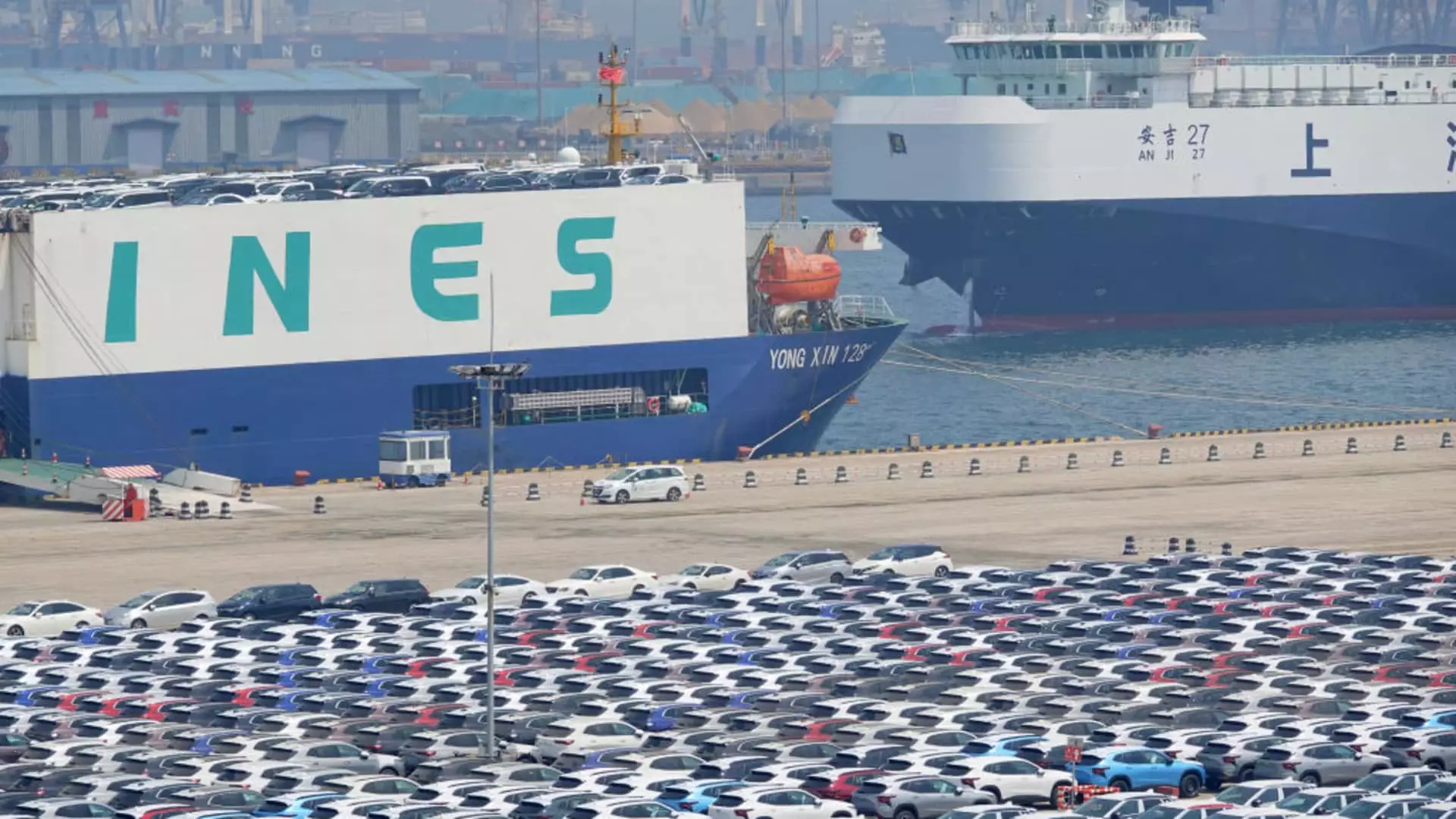China’s National Bureau of Statistics has reported that the country’s second-quarter GDP growth has fallen short of expectations, at 4.7% year on year, missing estimates of a 5.1% increase. This decline highlights the challenges faced by the Chinese economy in the current economic climate.
Retail Sales Disappoint
In addition to the decrease in GDP growth, retail sales figures for June have also failed to meet expectations. Retail sales rose by only 2%, compared to a forecasted growth of 3.3%. This indicates a slowdown in discretionary retail spending, which experts attribute to the aftermath of the April 2022 Shanghai lockdowns.
Industrial Production Beats Expectations
Despite the overall slowdown in economic growth, industrial production has shown resilience in June. Year-on-year growth in industrial production stood at 5.3%, surpassing Reuters’ estimate of 5%. Notably, high-tech manufacturing has seen an 8.8% increase in value added in June, pointing to the potential for innovation in certain sectors of the Chinese economy.
Urban Unemployment Remains Stable
The urban unemployment rate has remained unchanged in June at 5%, according to the National Bureau of Statistics. However, youth unemployment remains a concern, with a rate of 14.2% in May, indicating challenges in the job market for younger demographics.
Data released by the National Bureau of Statistics shows that average per capita disposable income for city residents increased by 4.6%, while rural disposable income saw a faster growth rate of 6.8%. Despite this, rural residents still earn less than half of what urban residents do, highlighting income disparities between different regions in China.
Challenges Ahead for Economic Recovery
Looking ahead, analysts anticipate that more efforts will be needed to achieve the target of around 5% growth set by China. The economy only expanded by 5% in the first half of the year, and growth in the second half is expected to slow down further. This raises questions about the sustainability of China’s economic recovery in the near future.
The Third Plenum, a high-level policy meeting in China, has been identified as a critical event that could boost confidence and stabilize expectations. Despite the growth challenges, experts believe that China could increase fiscal support and ease monetary policy in the second half of the year to stimulate economic growth. However, uncertainties remain due to ongoing trade tensions that could impact China’s export-driven growth model.
Shifts in Consumption Patterns
Consumer activity, reflected in retail sales figures, has shown variations across different categories. While certain sectors like communications equipment and sports have seen growth, others such as cosmetics have experienced a decline in sales. Changes in consumer preferences and behaviors are reshaping the retail landscape in China, posing challenges and opportunities for businesses in the market.
Monetary Policy Adjustments
China’s credit data reveals a decline in the growth of broad money supply and new loans in the first half of the year. This indicates a cautious approach by the People’s Bank of China towards managing credit growth amidst economic uncertainties. Policy measures focusing on enhancing monetary policy transmission could play a crucial role in shaping China’s economic trajectory in the coming months.

Leave a Reply